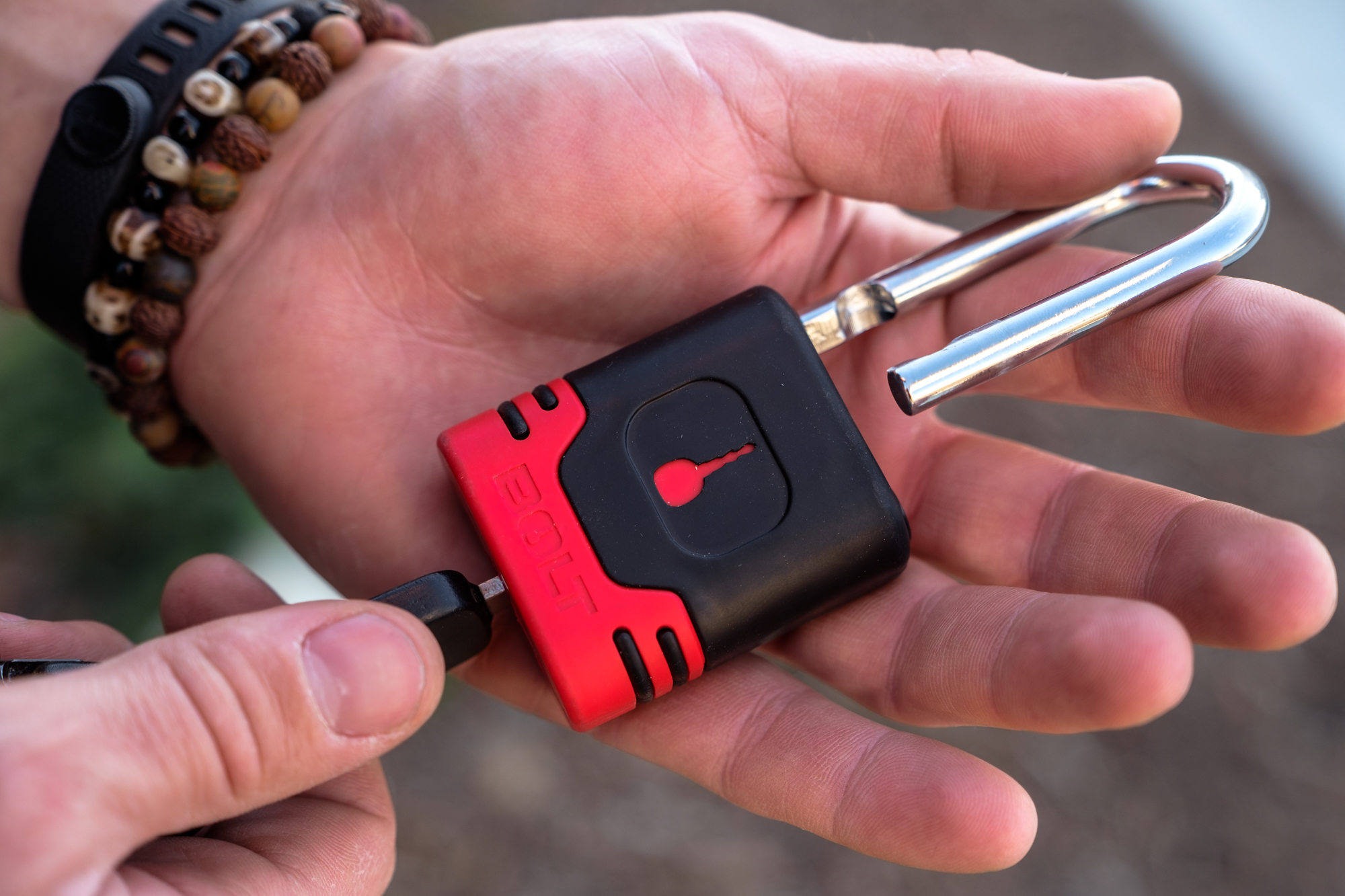It was almost midnight, and the weather couldn’t have been worse. The temperature was just above freezing, rain was pouring down, and the wind was gusting so hard that I thought I might fall over. To make matters worse, the hill my Airstream was parked on had turned to mud, and the trailer was now slowly shifting toward a tree that threatened to crush the rear quarter. I needed to hook it to my truck to get it out of there—and fast. Unfortunately, fast was not in the cards for me that night. Instead of quickly throwing the ball hitch open, I was fussing with nearly a dozen keys in the dark trying to find the one that would release the hitch lock. My hands were stiff with cold, and I fumbled the keychain, dropping it in the mud. Sputtering a slew of expletives, I restarted the process and eventually found the right key—finally. I was soaked at this point and removed the hitch lock only to realize I still had to find the key for the locking pin in my truck’s receiver. I swore right then that I would never endure that process again. I’m sad to say I didn’t keep that promise to myself, but a few months later, I did find a solution, a way to vanquish most of the keys that plagued me: Bolt Locks.
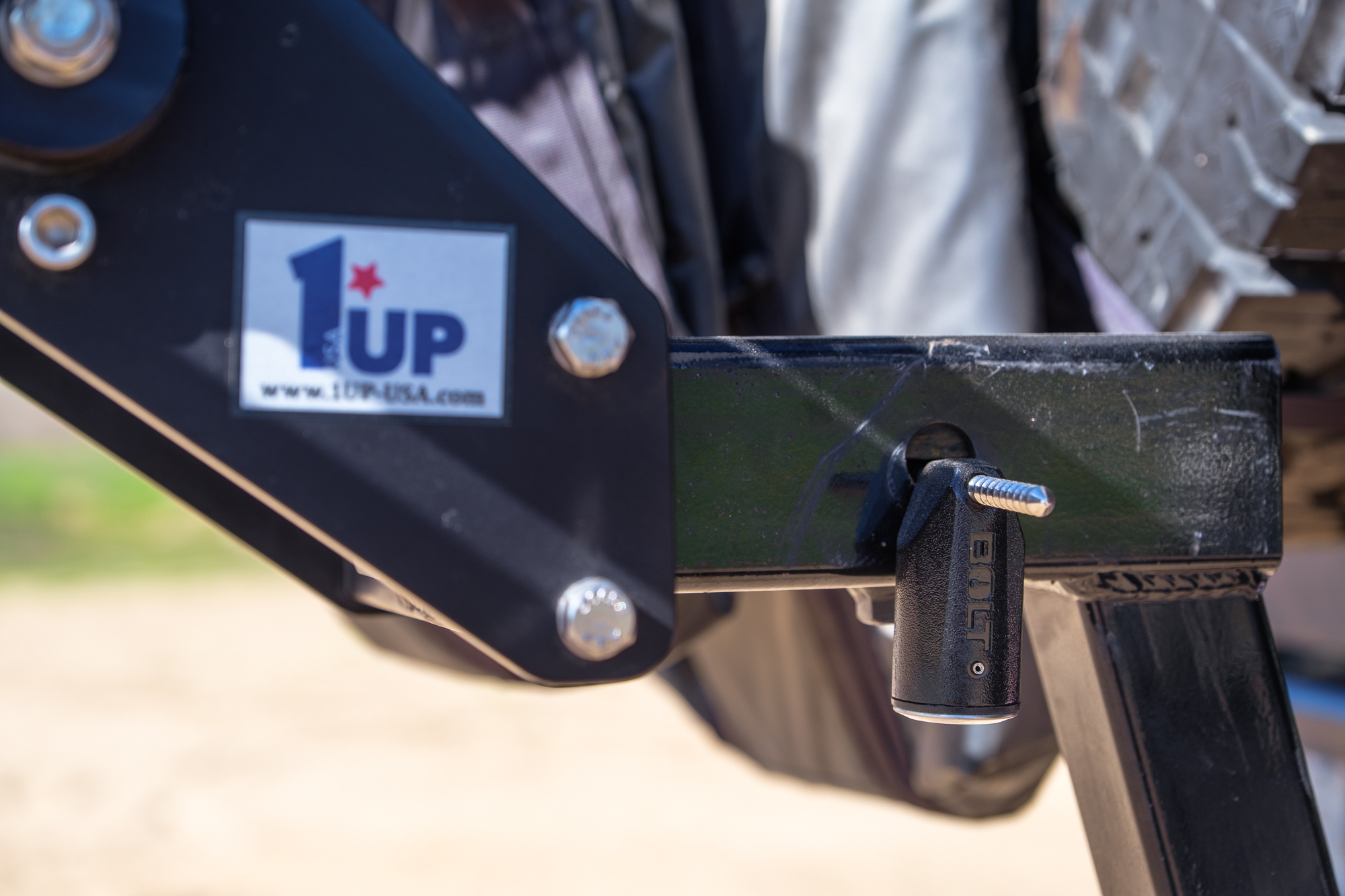
What are Bolt locks, and how do they work?
Bolt locks eliminate the need to carry additional keys by allowing you to open a wide variety of locks with your vehicle’s ignition key. Yes, your specific ignition key. This is possible because Bolt uses an automotive-grade programmable locking mechanism. Each is designed to generally match the keys for various car brands like GM, Ford, Toyota, etc., and then be set to your exact key from there. But how does that work?
The first time you insert your car key and turn it into the lock, the spring-loaded tumblers begin to move around the blade to match its exact shape. When you turn it, a bar on the side presses individual code bars onto the tumblers matching them to your key’s pattern. By the time the initial turn is 100 percent complete, these tumblers lock into position permanently and cannot be reset. Voila, your key is now a perfect match to the lock.
For a clear demonstration, check out this helpful video from Bolt.
What types of locks are available?
Bolt’s unique system is available for toolboxes, Jeep hood locks, padlocks, tailgate locks, hitch-pin locks, receiver locks, independent lock cylinders, and even cable locks that can be used to secure bikes, ladders, boxes, and darn near anything else. For our evaluation, we opted for a padlock, a cable lock, and, as you would expect from our introduction, a hitch lock.
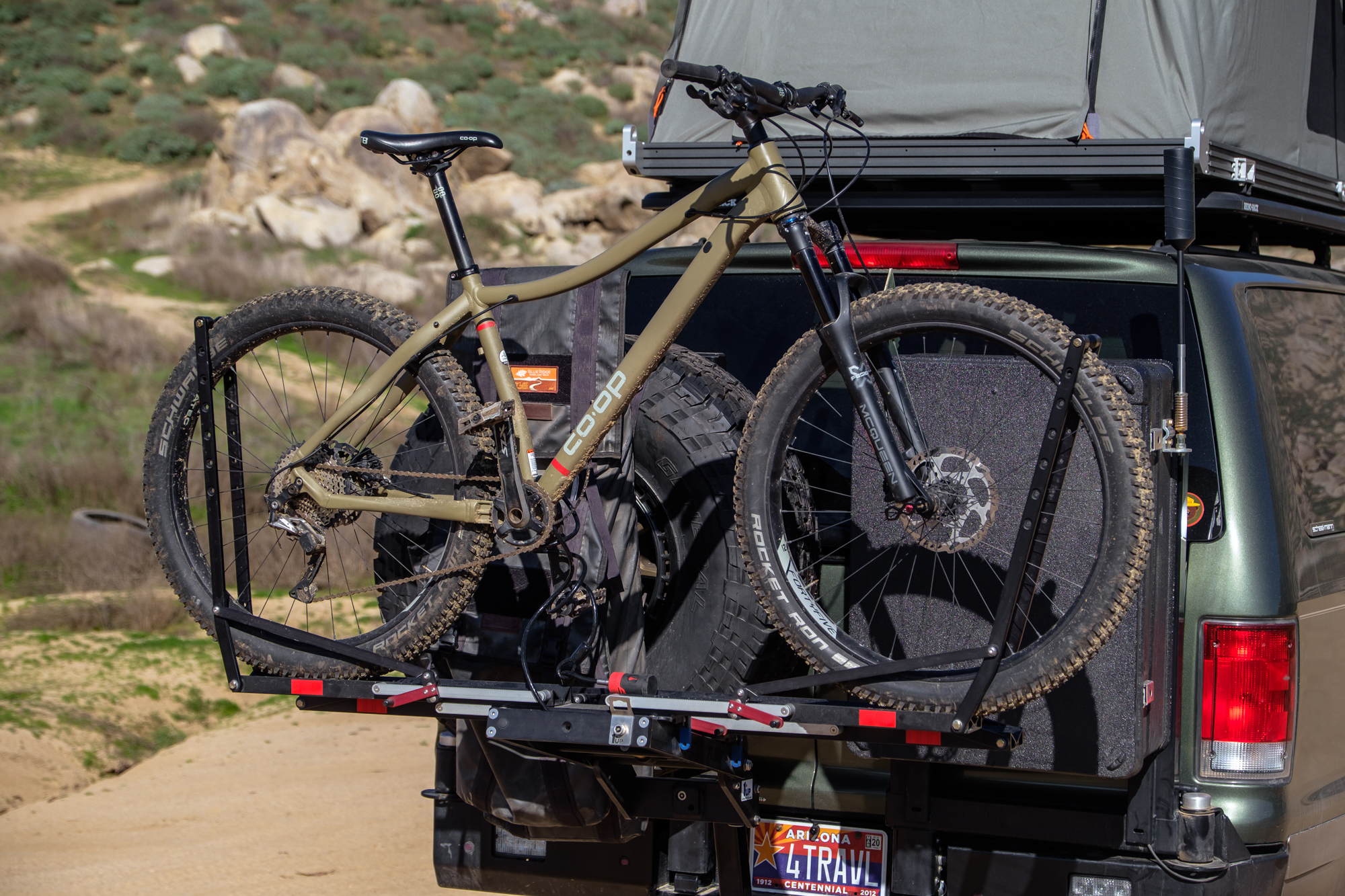
What I Like
From the moment you open these locks, it’s clear that they’re well-built. The cable lock has a 6-foot long, 1/4-inch steel cable with a double ball bearing locking mechanism; the padlock features a 2-inch, chrome-plated, 5/16-inch diameter, hardened steel shackle and a similar double ball bearing locking mechanism. A spring-loaded return plate returns the key to a neutral/locked position when you release pressure, which makes using the lock a breeze and ensures you never accidentally pull the key out in an unlocked position. For extra security, all of their locks pack a plate tumbler sidebar to prevent the locks from being picked. But I would expect a lock to be secure, and it was more than Bolt’s security features that stood out. Bolt really went the extra mile to ensure their locks stand the test of time.
The locks we tested featured external rubber jackets and stainless steel shrouds covering the lock cylinders to protect the internal components against weather and debris. During our evaluation, I dropped and tossed them in mud and fine silt and left them out on the truck while we drove across the country without experiencing any issues. Where other locks I’ve used have bound up after short periods to this kind of exposure, the Bolt locks continue to function smoothly to this day. If something should happen to them, though, the company backs them up with a limited lifetime warranty.
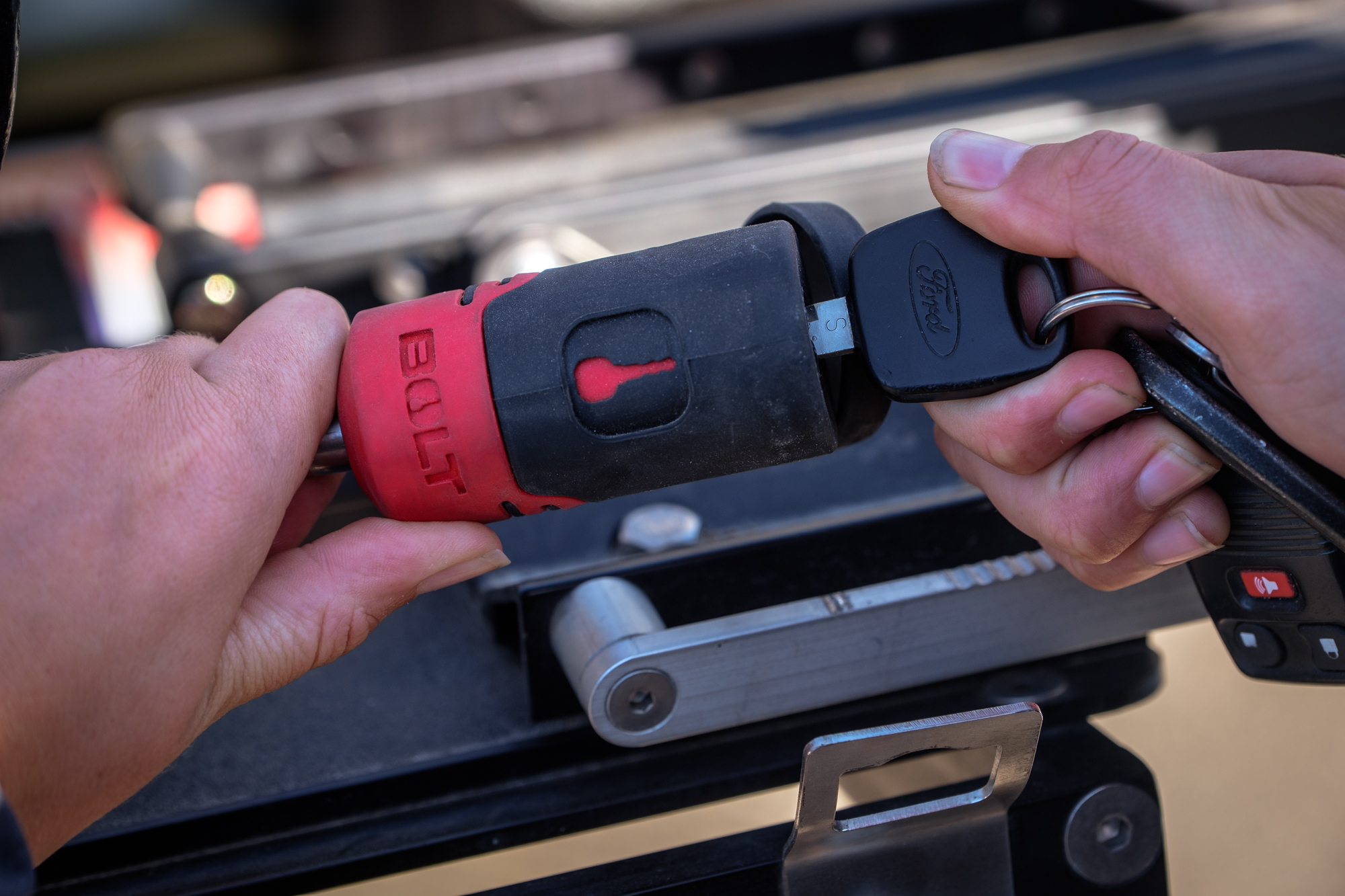
As I had expected, the biggest benefit with Bolt’s locks was the relief from the pile of keys I had been carrying previously. I love having fewer to sort through when I go to unlock something, and the space this freed up in my pocket is simply fantastic. There were even some additional benefits to the system that were unexpected. For example, I enjoy not having to think about where I left the bike rack keys between mountain-biking trips. And the convenience of throwing a padlock on something like a storage unit, knowing you will always have the key, is surprisingly liberating. I wouldn’t say any of these are life-changing improvements by a long shot, but they are improvements.
What I Don’t Like
I didn’t find much to complain about here, but I do have a few things to note. For starters, I wish the cable lock wasn’t quite so curly because it can make it annoying to run around large objects. This became an issue when trying to secure two bike frames to our 1Up bike rack. I also don’t love that there is only one padlock size. It restricts its use to larger applications, but I can’t fault Bolt here because you can only make an automotive-grade lock so small.
Finally, since my Bolt locks eliminated most of the extra keys jingling in my pocket, I’m going to need to actually purchase bear bells for future hikes. I guess that’s a tradeoff I’m willing to make.
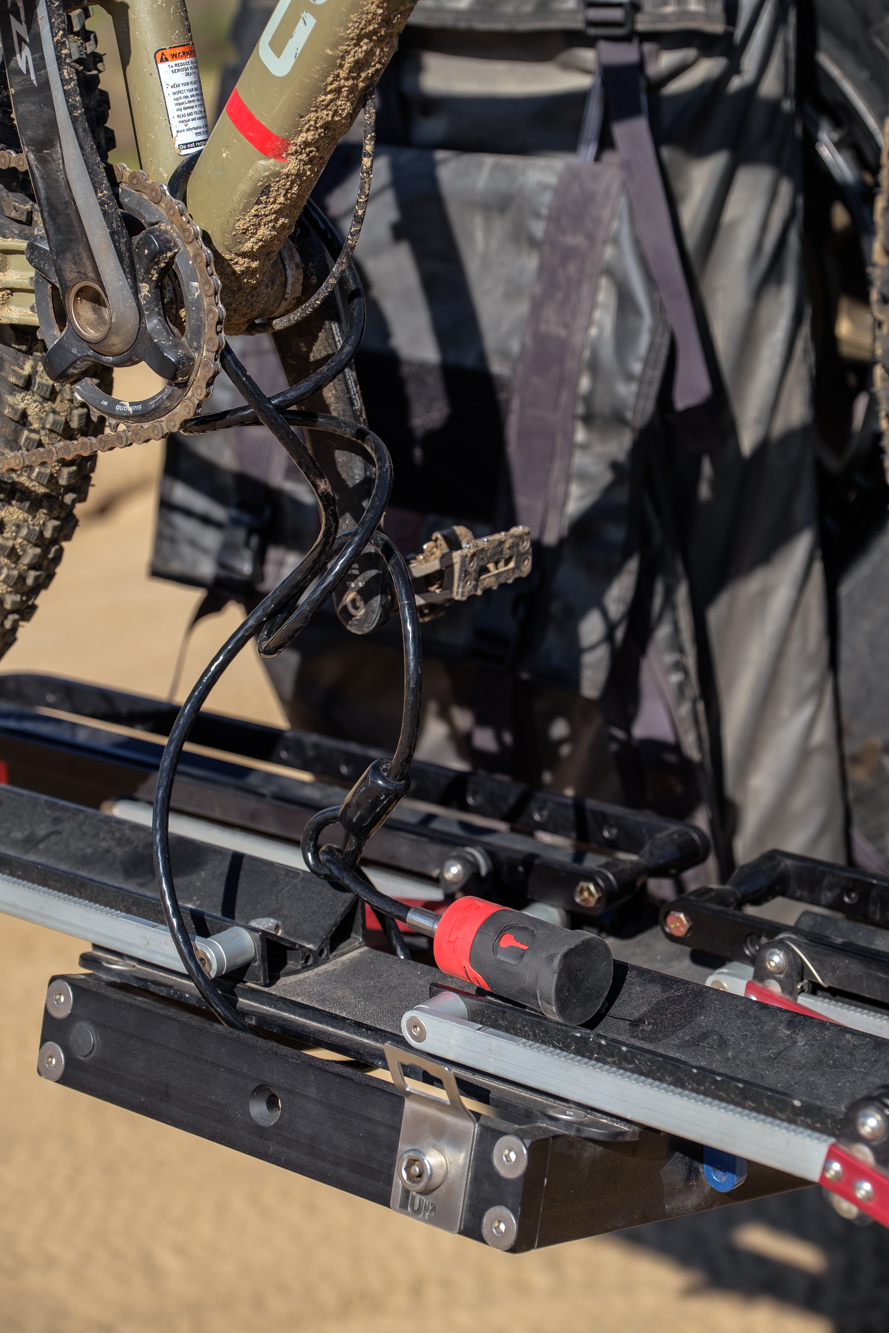
Conclusions
After using these locks for a few months, I’m very impressed. They are of excellent quality, their durability hasn’t faltered, and their convenience can’t be overstated. While I do wish they came in a greater variety of sizes, it’s only because they are so good that I would love to use them for everything I own. If you’re tired of toting around a mess of keys, I highly recommend giving Bolt’s locks a try.
To learn more, check out the Bolt website here.
